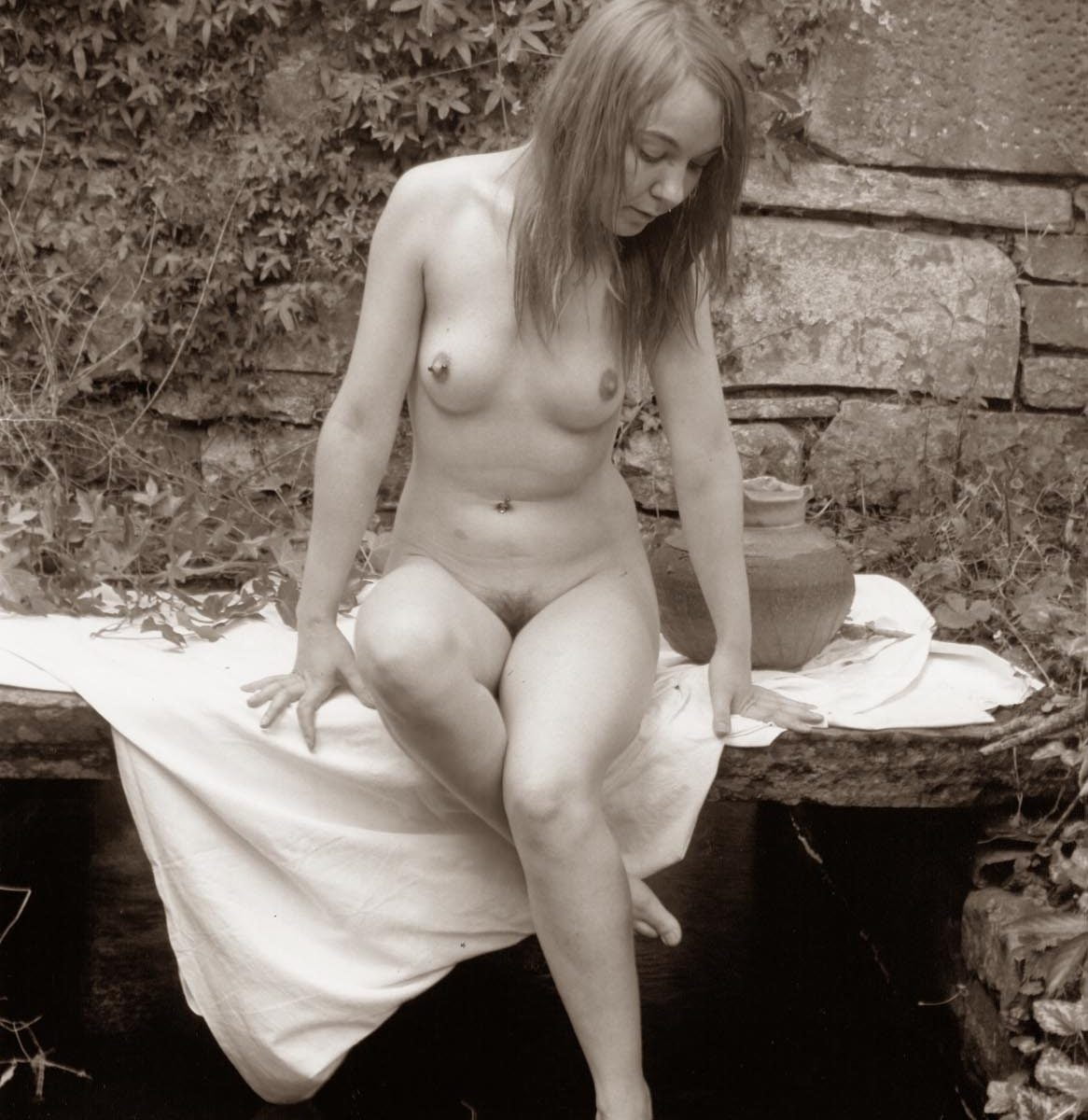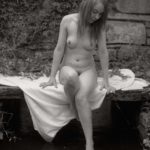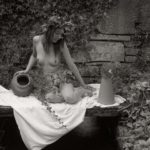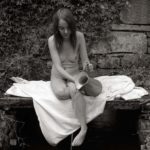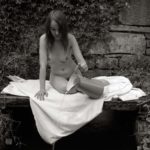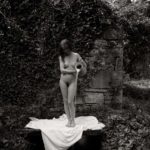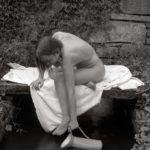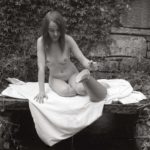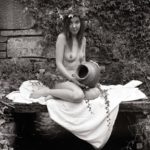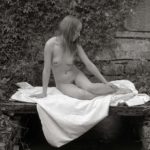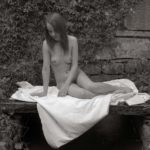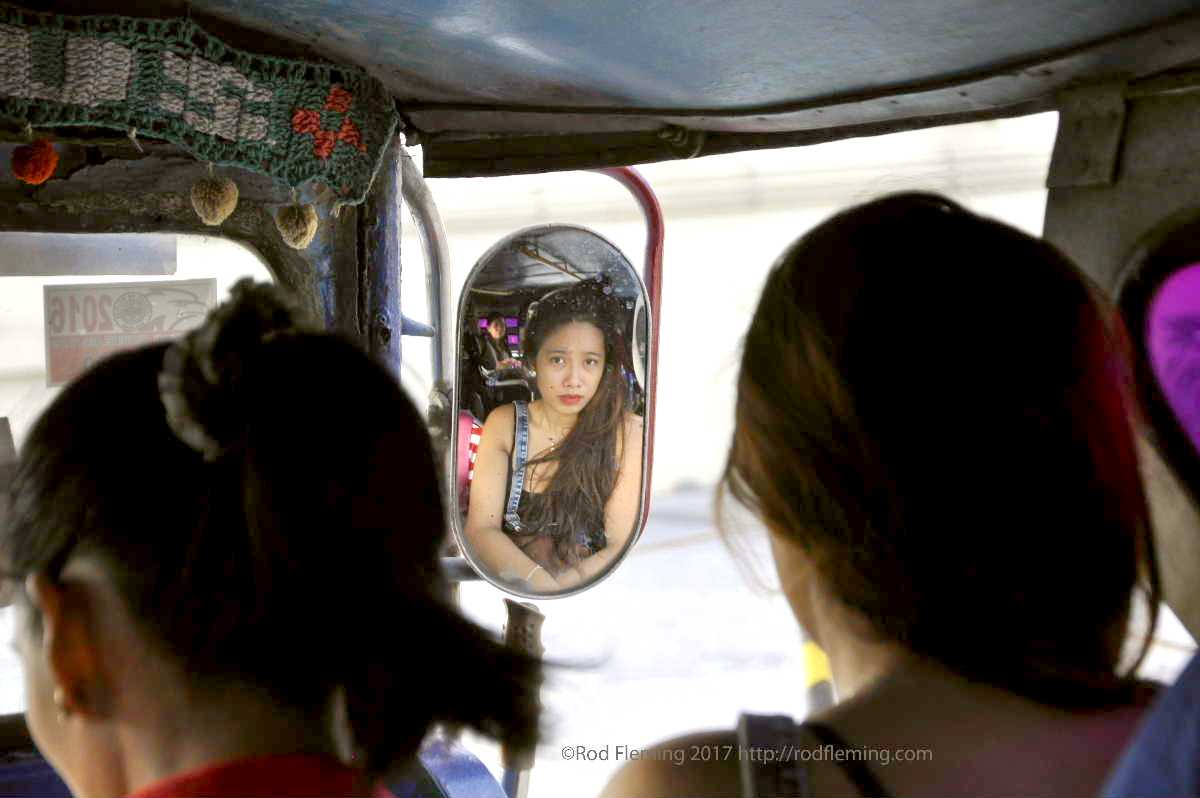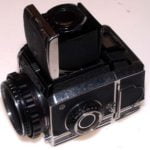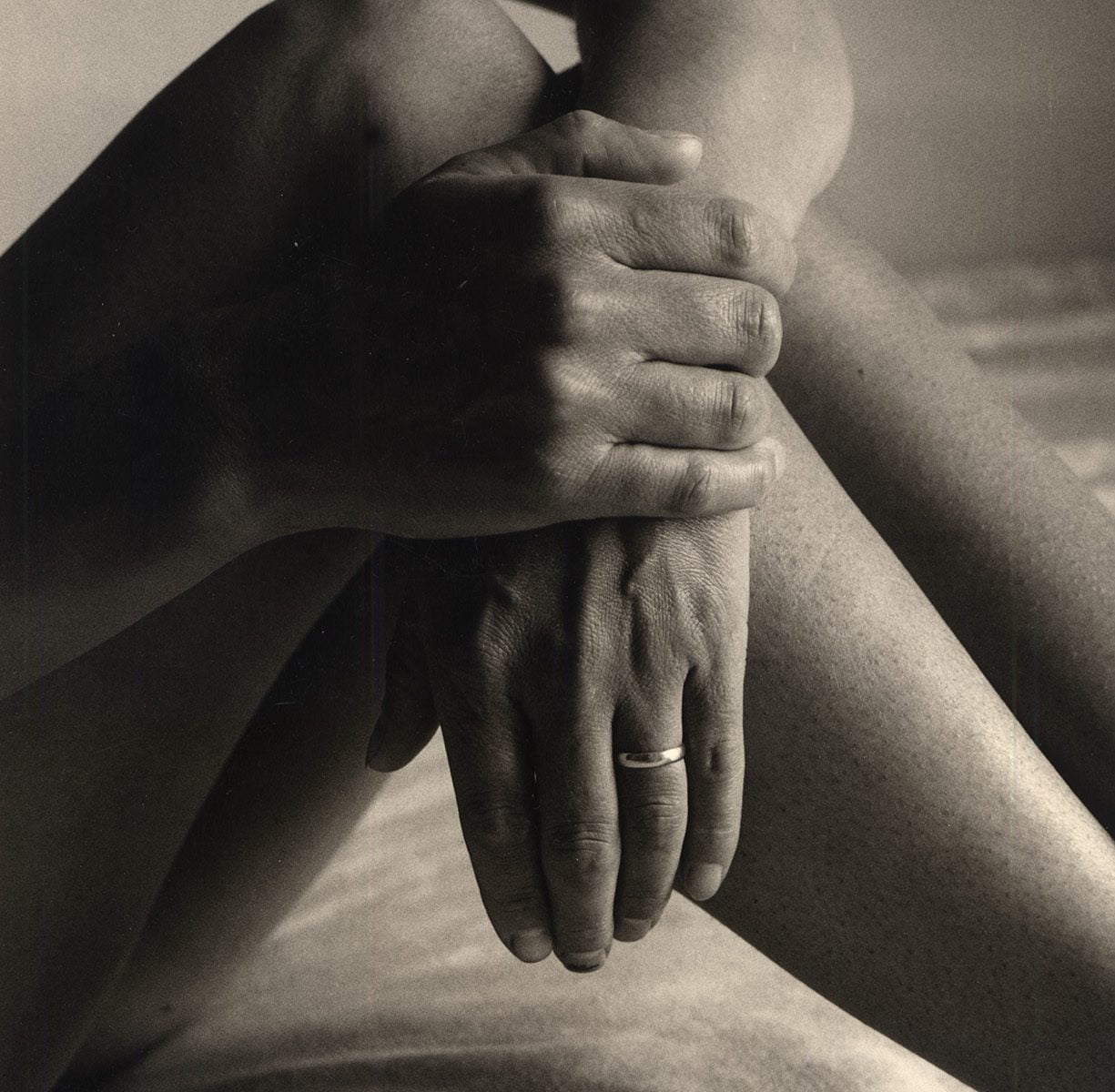Originally posted 2017-08-18 01:10:52.
I photographed Kirsten as a part of the Gaia series, taken in 2009
The location was The PlashMill, in Friockheim, Scotland, where I then lived. It was August, and quite warm. I ended up standing in the lade — the stream you can see — in order to get better pictures. This seemed to amuse everyone greatly. Kirsten brought a chaperone — something I encourage strongly — who photographed me at work.
If you’re photographing the nude, there are two things you should do. The first is to obtain a signed Model Release form. This is not a legal requirement in the UK but it is in the the US and you will have no end of problems trying to sell work to that territory without one.
The second is the chaperone. You will be working with a young woman who will be in a vulnerable position since, after all, nude photography usually takes place in private. The presence of the chaperone will set the model at ease, especially if she is not a professional model (Kirsten was a student.)
The chaperone performs another, crucial role, however. She protects the photographer against accusation of improper behaviour — accusations which in the current climate could have very serious consequences. Also useful for making cups of tea and photographing the photographer!
These images were made using an MPP MK IV 5×4 technical camera with 150mm Schneider and a Bronica ETRS. Film stock was Ilford and Kodak.
If you enjoy these pictures, please feel free to download them for your personal projects. For Fine Art Print sales and commercial licences, please contact me using the form below
Please consider donating towards the cost of this site.

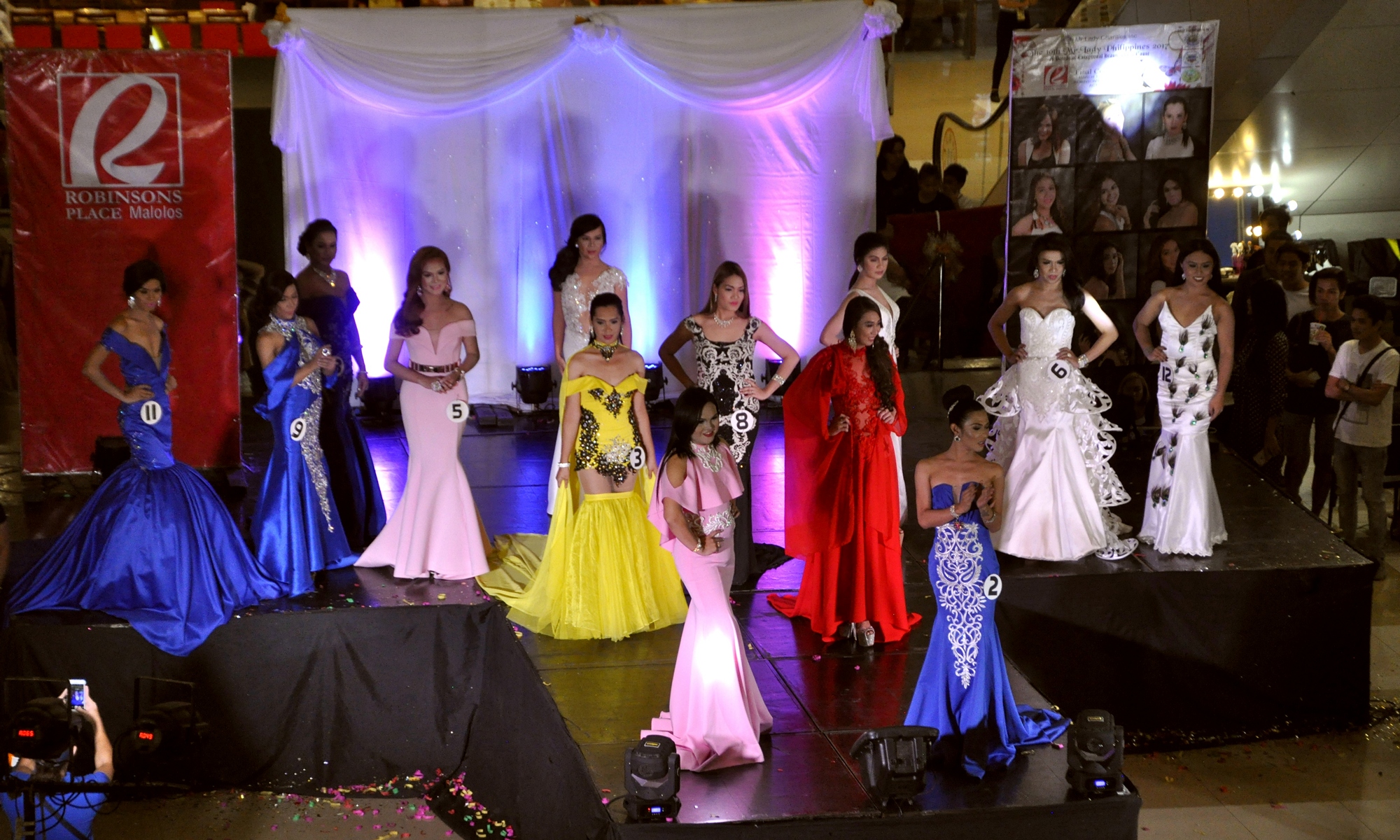
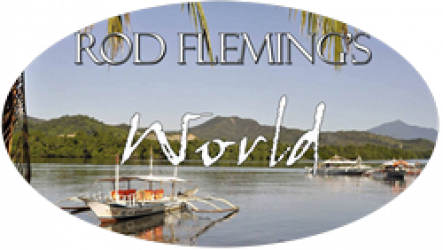


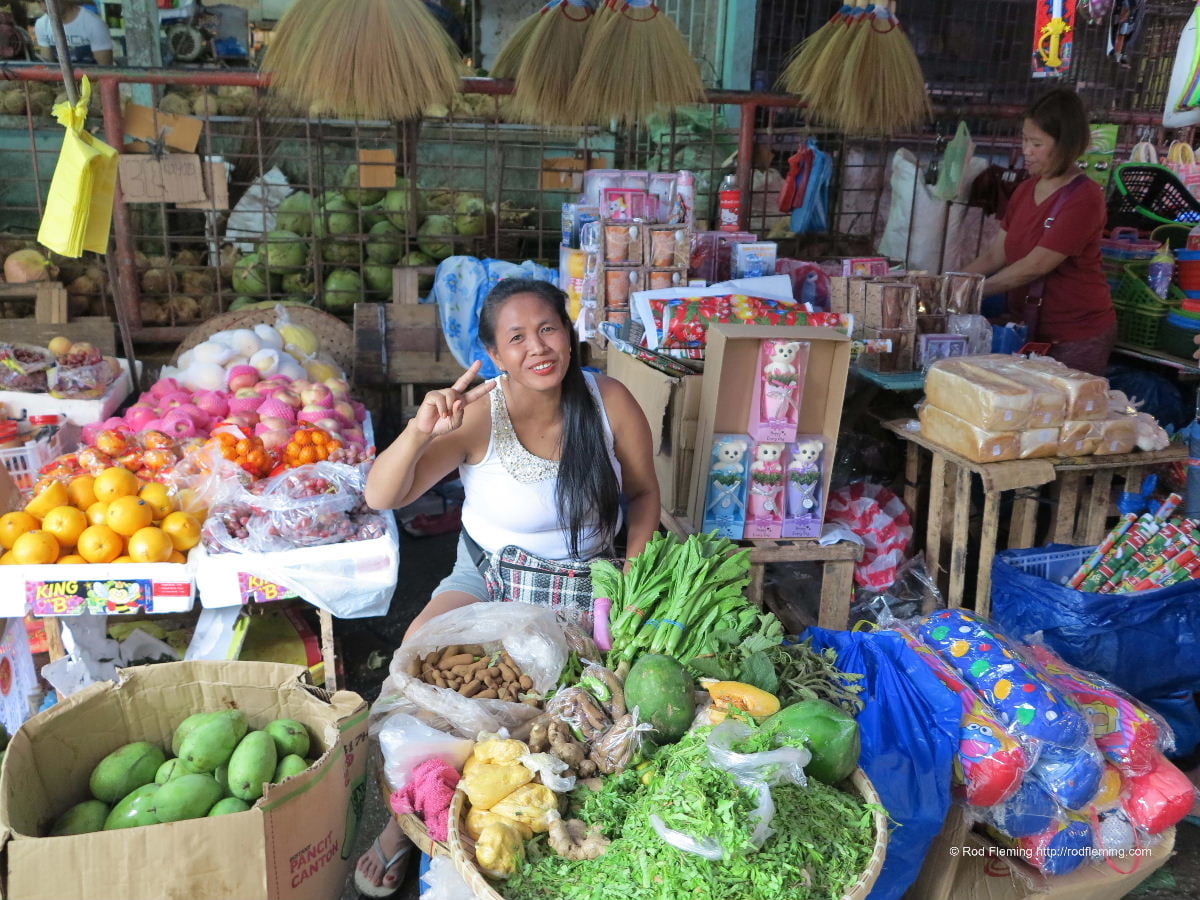
 This was my fifth visit to the Philippines and again, I arrived before Christmas, on the 8th of December. I had rented an apartment in Plaridel, Bulacan, which was to be my base for the next four months.
This was my fifth visit to the Philippines and again, I arrived before Christmas, on the 8th of December. I had rented an apartment in Plaridel, Bulacan, which was to be my base for the next four months.